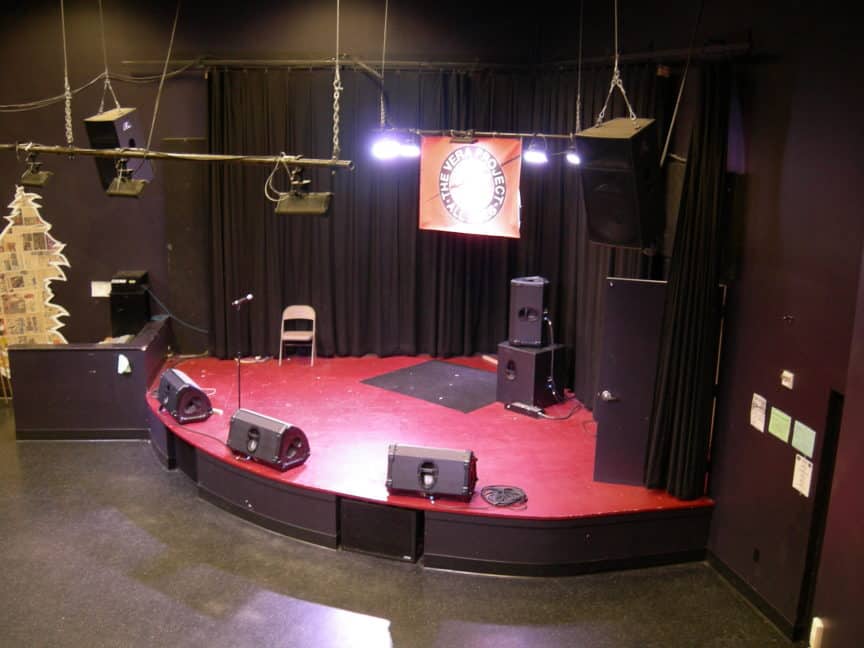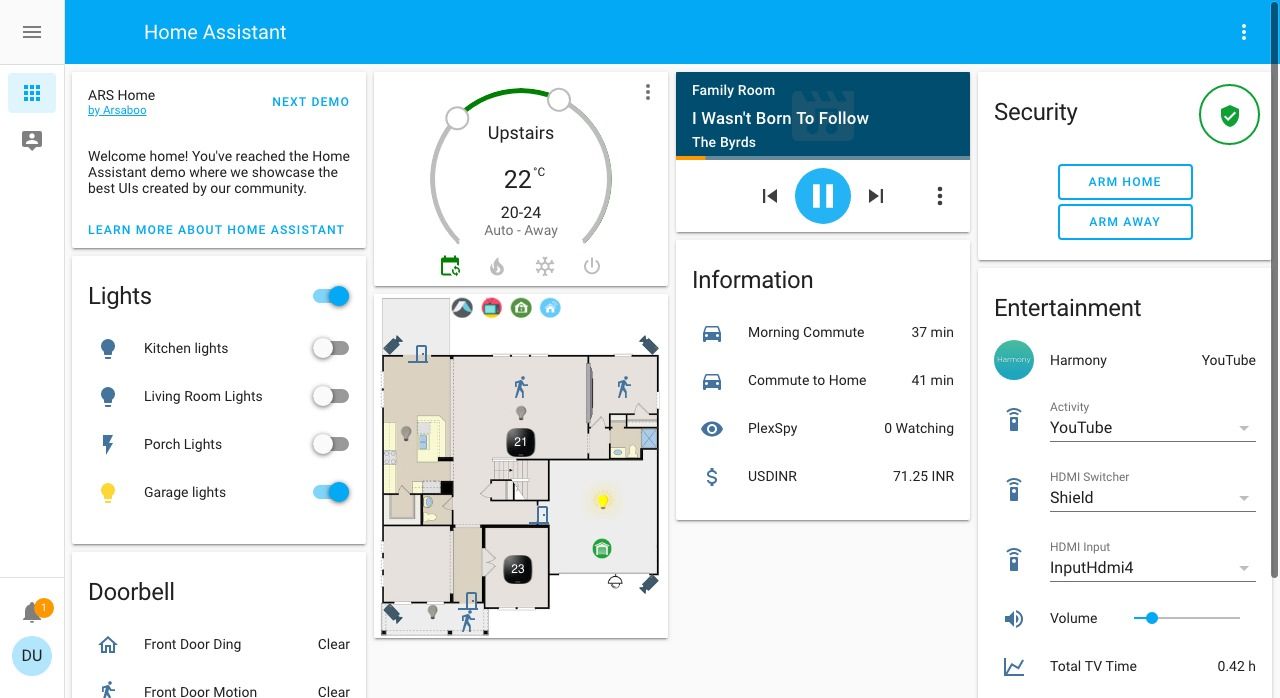Table of Content
@SeanM I would also like to see your conf for your setup. I’ve been trying to put some stuff together, but I just don’t get satisfied with the look. But it just pushes the configuration to the AP itself. When I configure Home Assistant, the IP address is of the AP. Which ever ESSID you are interested take the last number from the OID and append it to the OID for Channel Info and Tx Power and you’ll get those specific details.

Now we have a way to push system monitoring info from the host system to Home Assistant running in a VM. The CPU temp will continue to update every 30 seconds as long as the host and the VM are both running. You could stop at this point if you are just looking for a way to check on your Pi from time to time. I was also looking for some alerts and graphs in Grafana so I kept going. Most of the data is “hidden” in the attributes of the main sensor as it is all send in one MQTT topic.
Configuration
I also posted an issue on the github of the custom component. Most of the entities are populated with info directly from the SNMP query. I did have to convert the uptime value I retrieve from SNMP though. Would you mind sharing the code fot the Unifi Device. I have tried something similar but could not get it to display properly. I have been a heavy user of nextcloud for 4+ years and this would be a big help in monitoring my connection.

Fortunately it is easy to extract this to new entities by using a template. This template can just be added as text to your main configuration.yaml file. Lovelace Hardware MonitorLast week, I finally migrated my Home Assistant setup from my Raspberry Pi onto a Linux server. The Pi I am checking for is the smart home server itself, so the hostname for the MQTT server is set to localhost.
Related Posts
If you are running this on another one you need to provide the IP address/hostname of the smart home server with the MQTT server here. These also have tap_action and hold_actions on them. Holding on the database icon will call recorder.purge service keeping the last 3 days. Tapping on the log icon navigates to /dev-info/ page, and holding on it performs system_log.clear service. If no hardware sensor data is available (e.g., because the integration runs in a virtualized environment), the sensor entity will not be created. The systemmonitor sensor platform allows you to monitor disk usage, memory usage, CPU usage, and running processes.
His daemon called RPi Reporter MQTT2HA Daemon runs on the Pi and regularly collects data that is then send to a MQTT message. I have run into such a problem back when I was still using OpenHab and have set up a monitoring system back then. I have looked for a way to monitor my servers in Home-Assistant, and I come across this monitoring-system called “Glances“. It is a cross-platform system that is possible to install on most operating systems, it is free and it has a open API.
Version
This script will return the names of the different available temperatures. In my case, the correct CPU temp is called x86_pkg_temp. This one is 4th in the list, which is 0-based, so my CPU's thermal zone number is 3. While you are rooted into Proxmox, run the following command to get a list of all temperature files.

The System Monitor documentation covers what it can do; here I’m monitoring total free disk space, free RAM, processor use in percent, and the last boot time. I’m using the Fast.com component’s default settings which measure download speed once an hour. After I saved the changes to the configuration.yaml file and restarted Home Assistant, I could see these new sensor entities in the web UI.
I also defined the base topic that the daemon is going to use for the updates. Under that it will place a sensor/yourPiName topic with the status and more info about your monitor. Raspberry Pis are awesome as a low power server, and I am using one myself for my smart home setup. As they usually run in headless mode without any display and are hidden somewhere it might take you too much time to notice when they run into any problem. It has one Vertical Stack Card with a Markdown Card on the top, and a Horizontal Stack Card on the bottom.
Home Assistant Yellow The easiest way to run Home Assistant. As end result you will have a card showing every important metric about your Home Assistant system in Home Assistant. If no path is provided via the optional argument, the integration defaults to ‘/’ .
If it worked, you will see that the value of the input_number.cpu_temp entity has been updated in Home Assistant. If the value did not update correctly, you can troubleshoot by adding print statements to the script to double check the values of the variables. This is a great way to setup alerts, notifications, view server and device status all from within Home Assistant. If you would like to extend this functionality to all Home Assistant entities, then you should check out my How To Display Unavailable Home Assistant Entities guide. You can add ANY devices with an IP here – phones, printers, smart TV’s , raspberry pi’s, cameras, etc.
Free Space, Used Space and Total Size will be stored as entity attributes. System Bridge is an application that runs on your local machine to share system information via its API/WebSocket. You can also send commands to the device such as opening a URL or sending keyboard keypresses. Are you looking for a simple way to monitor devices on your network using PING from within Home Assistant? Maybe you are looking to create automations based on whether or not a device is online, comes online, or a website goes down.
Because I set my scan interval to 30 seconds, I will receive within 30 seconds if it comes online. If you add your phone, you can also just turn the wifi off as a quick test. The apps can also be used to send your location home to use presence detection as part of your automations. Data is sent directly to your home, no access by third-parties.
It even has a integration in Home-Assistant, however this integration is a bit lacking. Because of this I have decided to drop it and acquire all data trough the REST API. I will show I have set this all up in this post. The clock card is courtesy of Palm Springs Theme but it doesn’t always update on this view although it does seem to on another test view. If you can work out what command you need to get the GPU temp then you should be able to add it. However it could be that the GPU is a part of the CPU, as in they are all a single chip, and if that’s the case the temps will be pretty similar. So I was hoping, if you could share your Lovelace cards, to provide some inspiration to me and hopefully also others.
I would like to have HA able to watch my hard drives on both computers letting me know how much space is left. System Monitor seems to be hat i am looking for to a point. It will witness what i have on the VM but not on the network drives. I am not sure if i need to mount the drives or samba to the drives or what arg are require to view the drive.



No comments:
Post a Comment